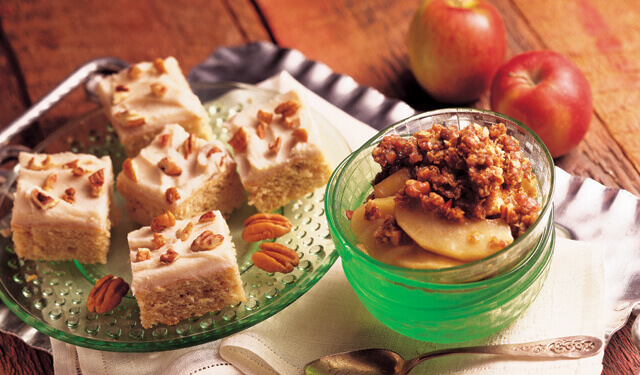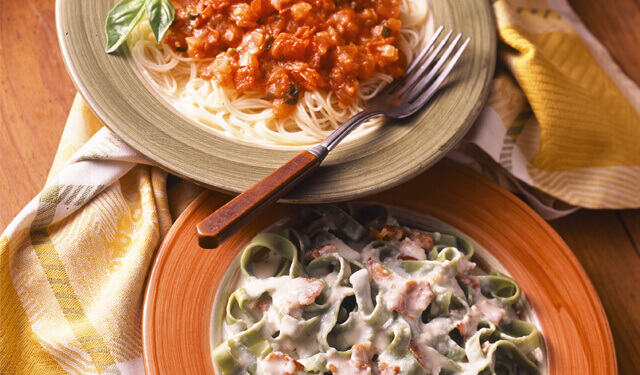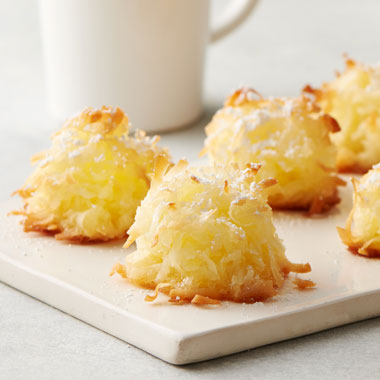
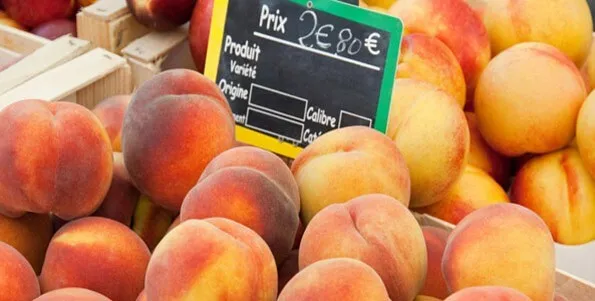
Grilled Peaches? Yes! Enjoy Fresh Peach Recipes.
Peaches are a favorite fruit in the United States, especially at this time of year! They are grown in more than 30 states, including Georgia, California and Michigan. There are thousands of varieties of peaches. Some have white or pale pink flesh, others have yellow flesh. Some have white skins with a pink blush; others have a deep yellow skin with a reddish blush.
SEE THE RECIPE
 by
Land O'Lakes Test Kitchen
by
Land O'Lakes Test Kitchen
 by
Land O'Lakes Test Kitchen
by
Land O'Lakes Test Kitchen

Peaches are a favorite fruit in the United States, especially at this time of year!
They are grown in more than 30 states, including Georgia, California and Michigan. There are thousands of varieties of peaches. Some have white or pale pink flesh, others have yellow flesh. Some have white skins with a pink blush; others have a deep yellow skin with a reddish blush. When canning peaches, firm-fleshed varieties work best. Other varieties are perfect for eating out of hand. Whatever the variety, peaches are one of America’s favorite fruits and one of the country’s most important fruit crops.
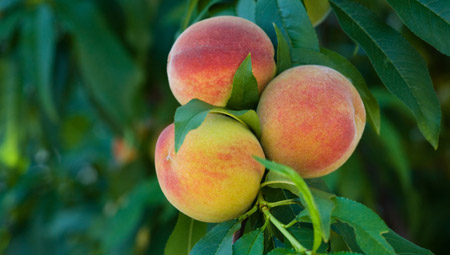
There are two types of peaches, freestone and clingstone. The clingstone variety have pits/stones that cling to the flesh. With freestone peaches, the pit can easily be removed from the flesh of the fruit. Most clingstone peaches are used for commercial purposes.
Here are some tips on buying, ripening and preparing peaches for baking, cooking and eating.
Buying Peaches
1. Peaches are sold from early May through mid-September. The best time to find them is during the summer months.
2. The sweetest fruit can be found at your farmer’s market, harvested by local growers.
3. An appealing fragrance is the best indication of a ripe peach.
4. Choose peaches that yield slightly to pressure and have a yellow, not green background color.
5. The amount of pink or red blush relates to the variety, not ripeness.
6. Avoid peaches that are hard, have greenish undertones, are bruised or feel very soft.
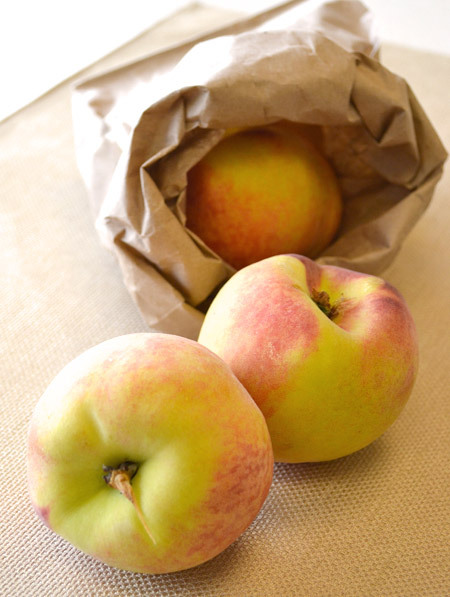
Ripening Peaches
1. Firm peaches may be ripened by placing them in a closed paper bag at room temperature for one to two days.
2. The peaches will soften and become juicy, but will not necessarily get sweeter.
3. Store peaches at room temperature until fully ripe and then refrigerate them.
4. Remember that peaches are highly perishable, so don’t buy more than you plan to use.
Peeling Peaches
1. Wash peaches before using.
2. Peel using a paring knife.
3. Remove pits from freestone peaches by cutting the fruit in half around the pit and twisting the halves in opposite directions.
4. To slice clingstone peaches, cut toward the center of the fruit and then around the pit, lifting out each slice as you go.
5. Cut peaches turn brown when exposed to air. Use lemon or orange juice on cut surfaces to slow browning.
6. The easiest way to peel a peach is to blanch it. First dip the peach into boiling water for about 1 minute.
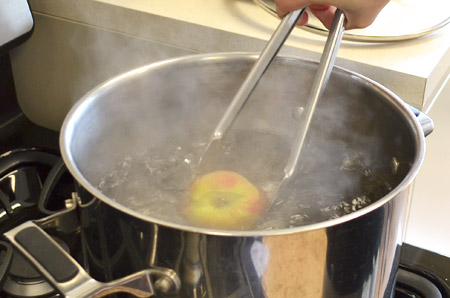
7. Then plunge the peach into ice water to stop the effect of the heat. The peel will easily slip off when you use a paring knife.
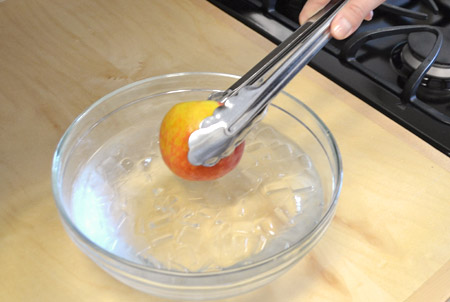
8. Keep in mind that 3 medium peaches equals approximately 2¾ cups sliced peaches or 2¼ cups chopped peaches.
Peaches can be dried, canned, made into jams, jellies, and preserves, and used as filling for desserts and as an ingredient in many other dishes, from appetizers to entrees. Freezing peaches can be tricky, but is another way to make summer’s bounty last a bit longer.
Following is an entrée choice perfect for when peaches are in season. Fresh peach salsa is also delicious served with any type of cooked white fish or grilled chicken or pork chops.
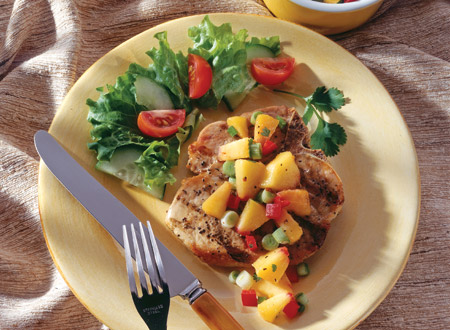
When looking for a quick and delicious dessert made with fresh peaches, try Grilled Caramel Peaches or Granny’s Peaches & Cream Cobbler.

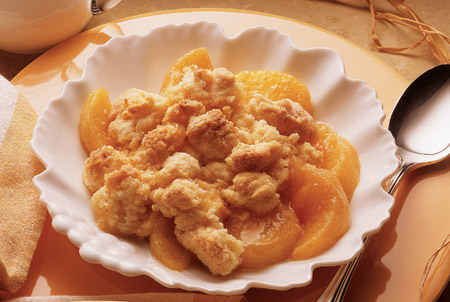
Granny’s Peaches & Cream Cobbler
Peaches make a great snack with modest calories. They are a good source of potassium, vitamins A and C, and are low in sodium with no saturated fat. Introduce your family to some of these delicious recipes that make the most of the peach harvest.
Share Your Thoughts
Did you find this article helpful? Has it inspired you? What else would you like to know?



